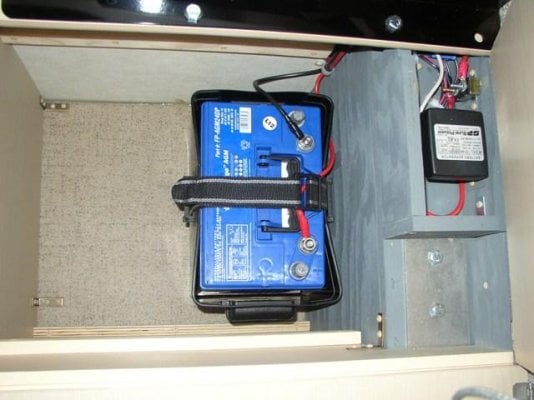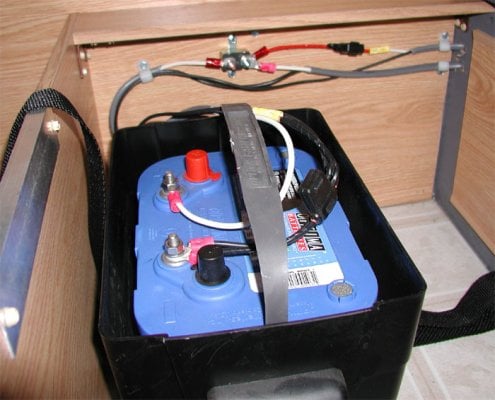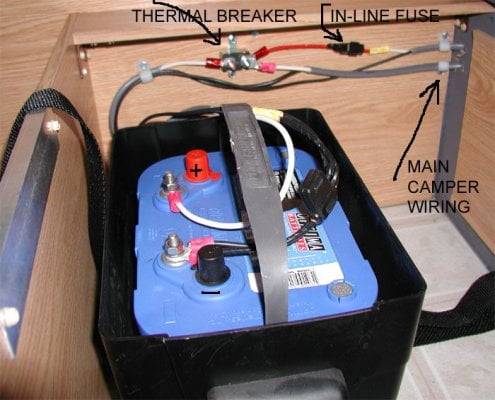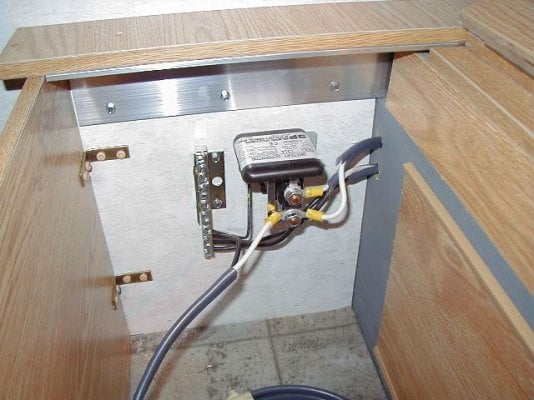I bought my 2000 FWC Hawk a few months ago and am finally getting around to trying to properly set up electrical. The way the camper is currently set up with no battery inside the camper at all and just a 3 pin connector hanging off the front of the camper. The previous owner said he would just keep the battery in his truck and pull out and connect when needed. Could that 3 pin be fore actually connecting to my truck?
Was this a common setup previously? Just finished a ten day trip and didn’t even bring the battery and relied off a few battery packs and solar lights but with winter coming I will need to have it dialed to run the furnace.
Does anyone have information on this setup, why FWC set it up this way or is this something a previous owner did?
Thanks!
Was this a common setup previously? Just finished a ten day trip and didn’t even bring the battery and relied off a few battery packs and solar lights but with winter coming I will need to have it dialed to run the furnace.
Does anyone have information on this setup, why FWC set it up this way or is this something a previous owner did?
Thanks!




